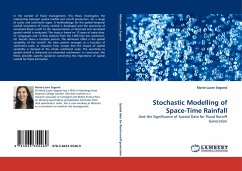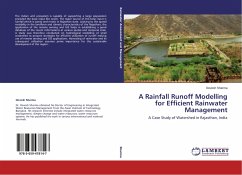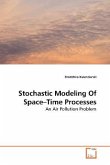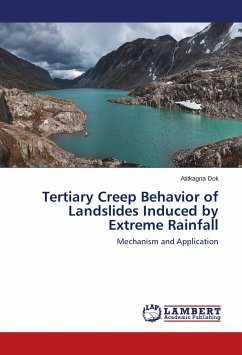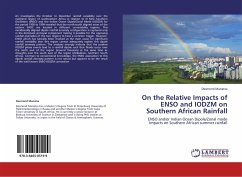In the context of flood management, this thesis investigates the relationship between spatial rainfall and runoff production, for a range of scales and catchment types. A methodology for the spatial-temporal rainfall simulation of hourly rainfall is developed and the sensitivity of simulated flood runoff to the representation of observed and simulated spatial rainfall is evaluated. The study is based on 15 years of radar data, 21 raingauges and 12 flow stations from the 1400 km2 Lee catchment, UK. Results show a complex picture. The dominant effect is the spatial variability of the rainfall. No clear pattern emerges as a function of catchment scale, or response time, except that the impact of spatial variability is damped at the whole catchment scale. The sensitivity to spatial rainfall is enhanced on urbanised catchments. In conclusion, the thesis provides specific guidance concerning the importance of spatial rainfall for flood estimation.

